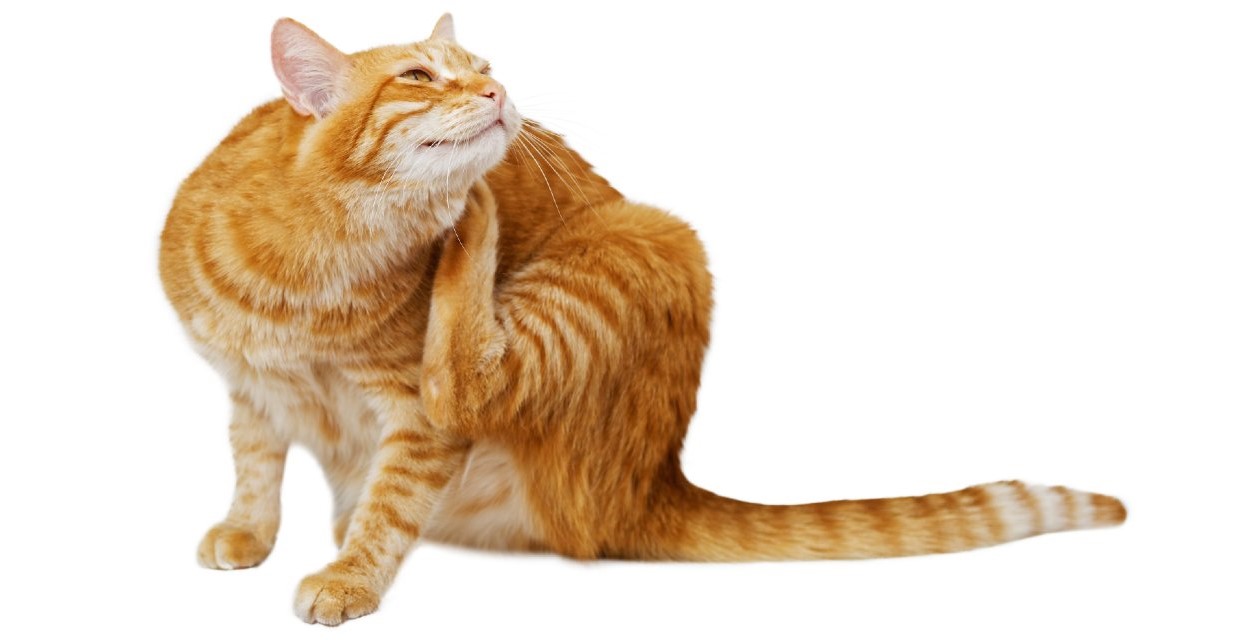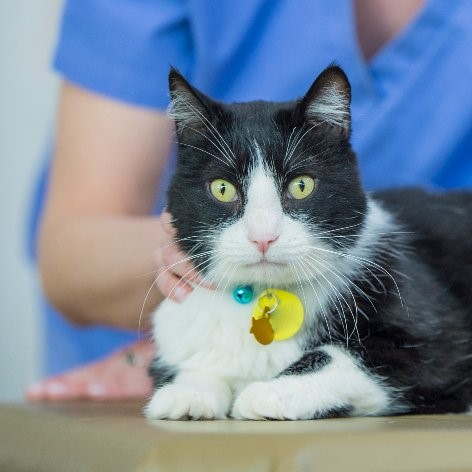Do you suspect your kitten or adult cat has fleas? Common signs of fleas include excessive scratching, hair loss, skin redness, bald patches of fur and seeing fleas or flea dirt on your cat’s skin or coat.
Flea bites are itchy and can cause your cat discomfort.
Fleas on kittens and adult cats is a common problem and although cats that spend time outdoors are more prone to catching fleas, indoor cats can still be at risk if they come into contact with surfaces where other cats have been, such as at the cattery. To help you successfully treat, control and rid your cat of fleas, there are a number of steps you can take.
Use a spot on Flea Treatment for Cats
Spot on flea treatments for kittens and cats, such as these, are very effective and can prevent fleas from feeding within 3 to 5 minutes after application. Monthly spot on flea control is an effective way to provide protection from fleas and some products also protect against heart worm, intestinal worms and mites. Kittens are just as prone to fleas as adult cats and can be treated with spot on flea treatment from 9 weeks of age.
Monthly flea treatment is necessary for flea control and prevention for both kittens and adult cats.
Additional Steps for Controlling Fleas
Other things that help rid your cat of fleas include using a flea comb to physically remove the fleas from your cat. Comb your cat from head to tail several times each day until there are no more fleas on the comb.
Ensure you kill the fleas by squashing them between your nails or dipping the comb into hot water.
Because fleas can survive in the environment without a host for several weeks it’s important to treat your cat’s bedding, carpeted areas, upholstery and places where your cat spends time, such as their cat tower.
Wash your cat’s bedding in hot water and laundry detergent.
Vacuum and apply chemical flea treatments to any carpets or upholstery your cat has come into contact with. This will help kill any adult fleas taking refuge in your home, control the other flea life-stages and break the cycle of re-infestation.





